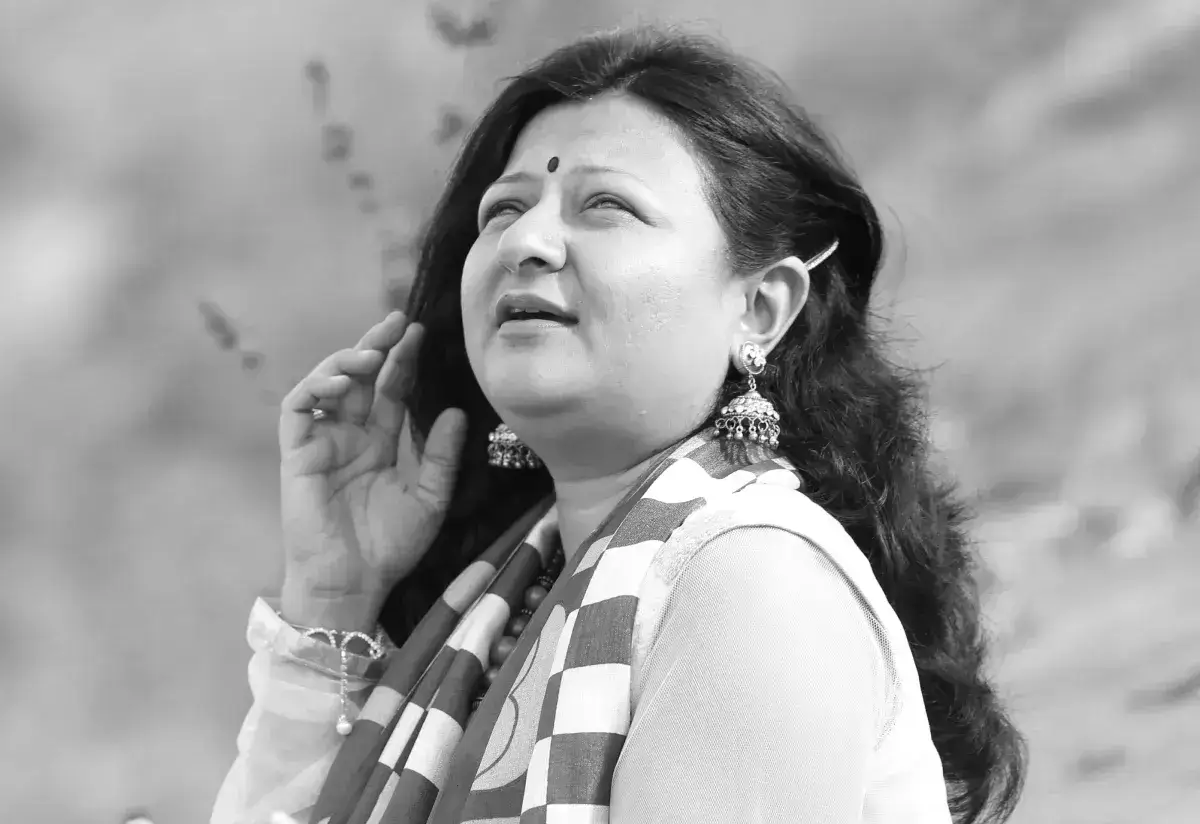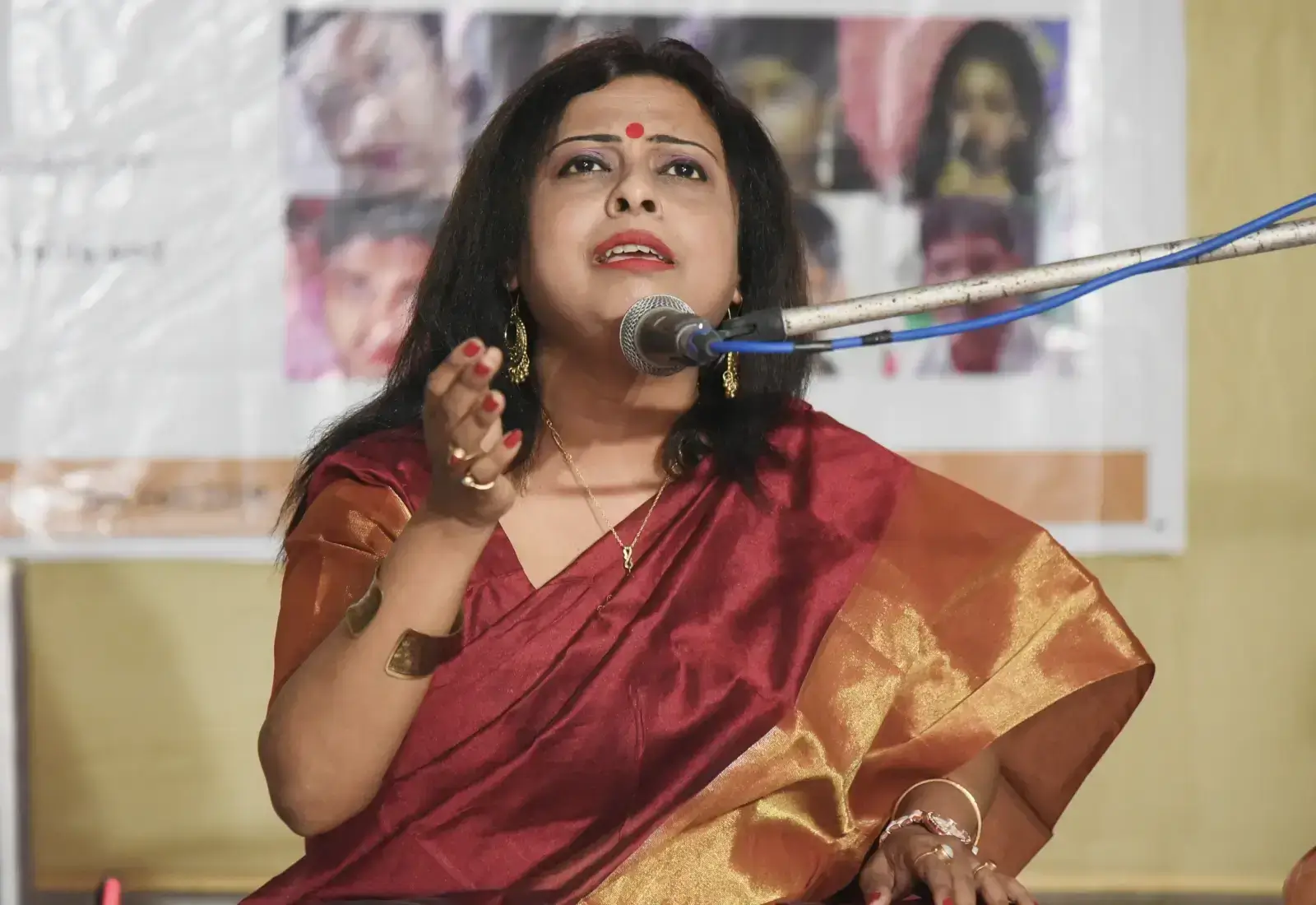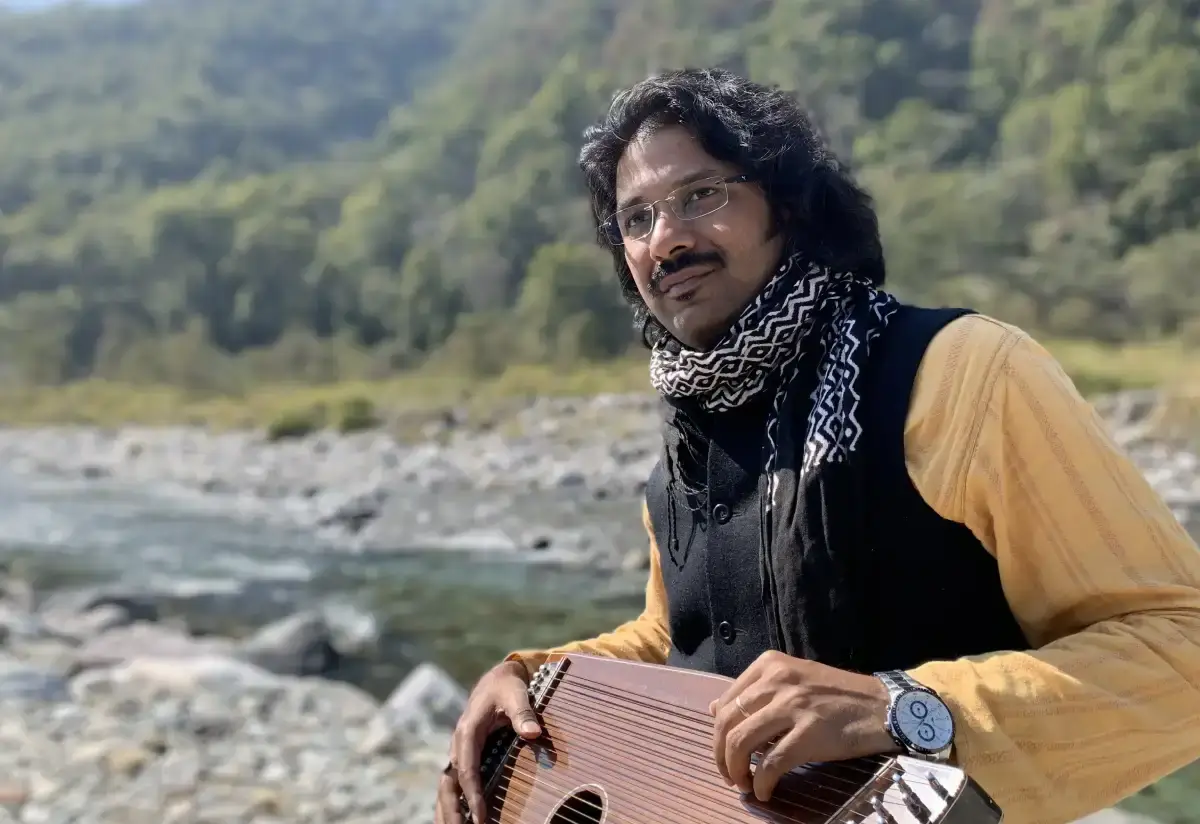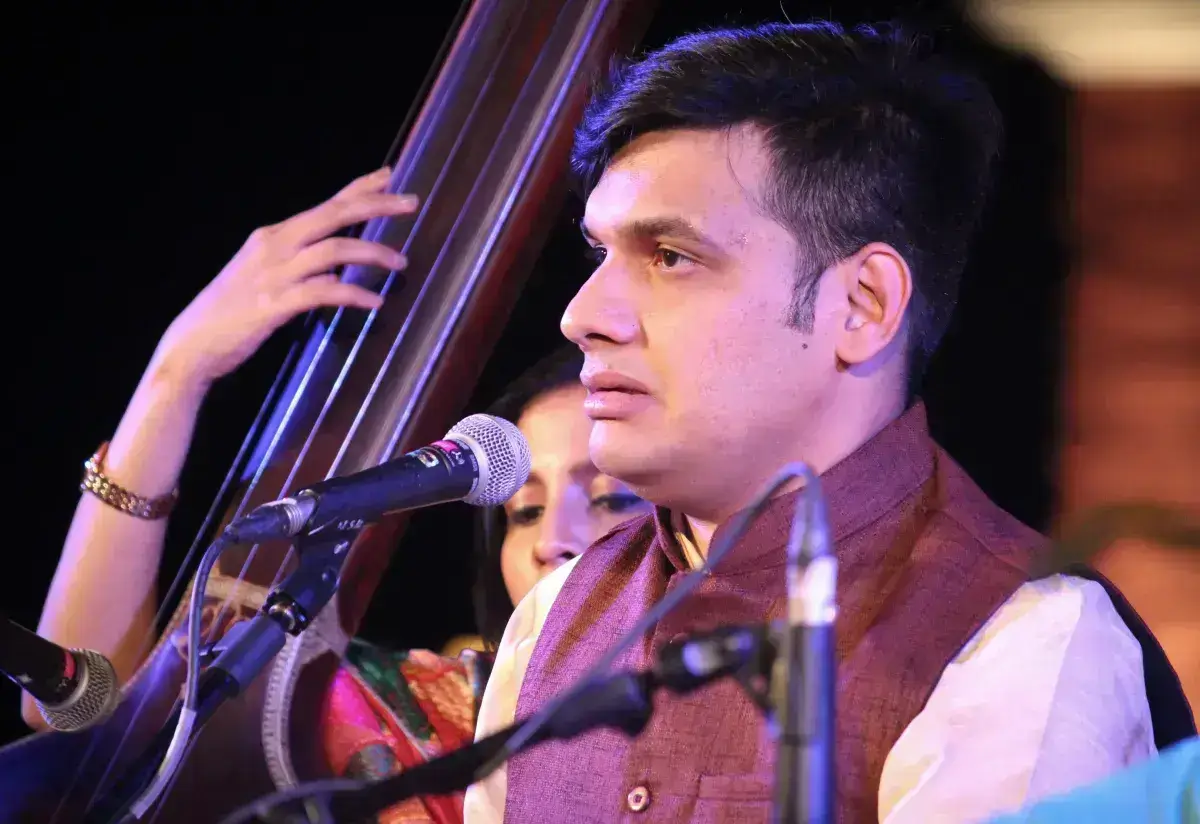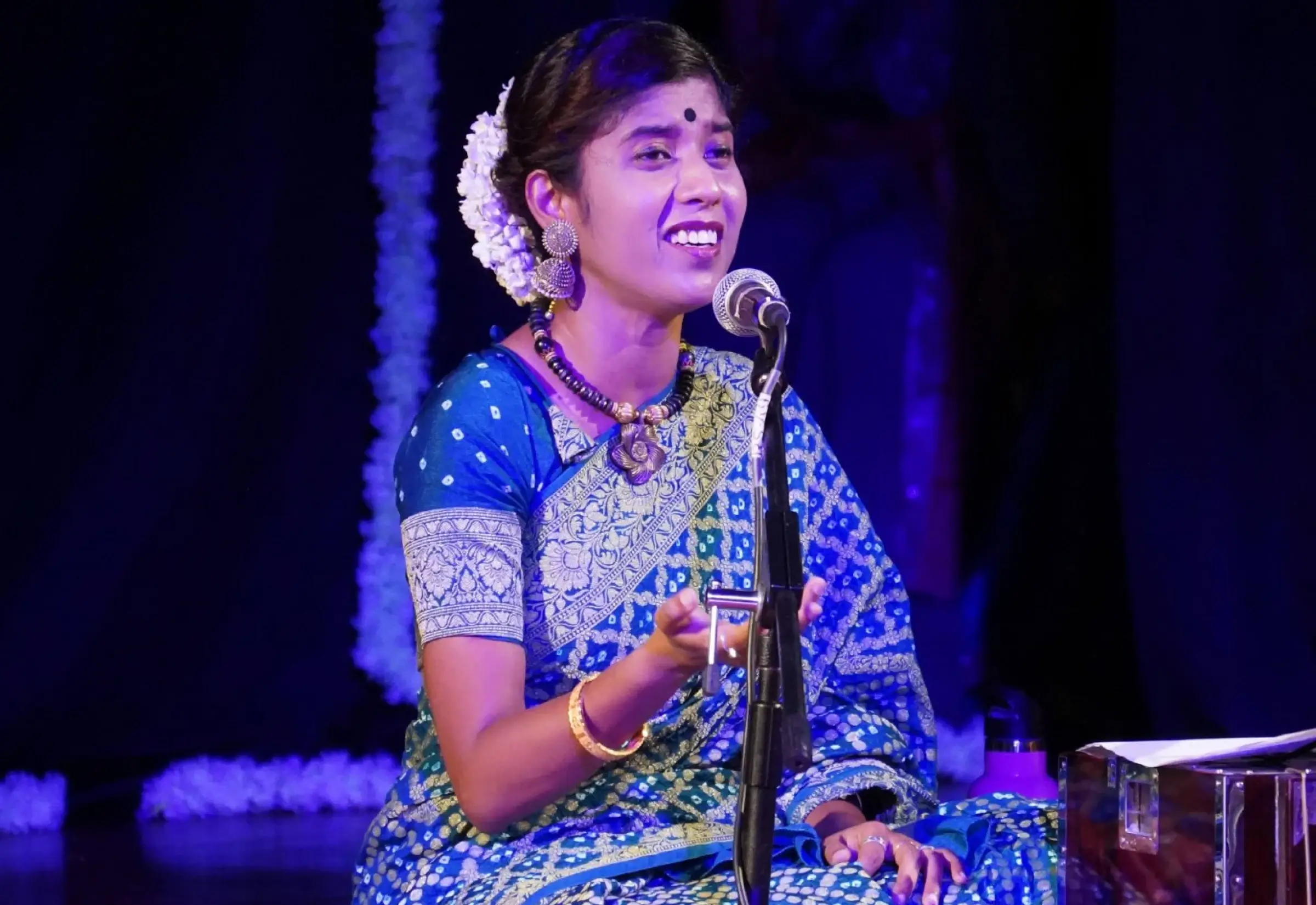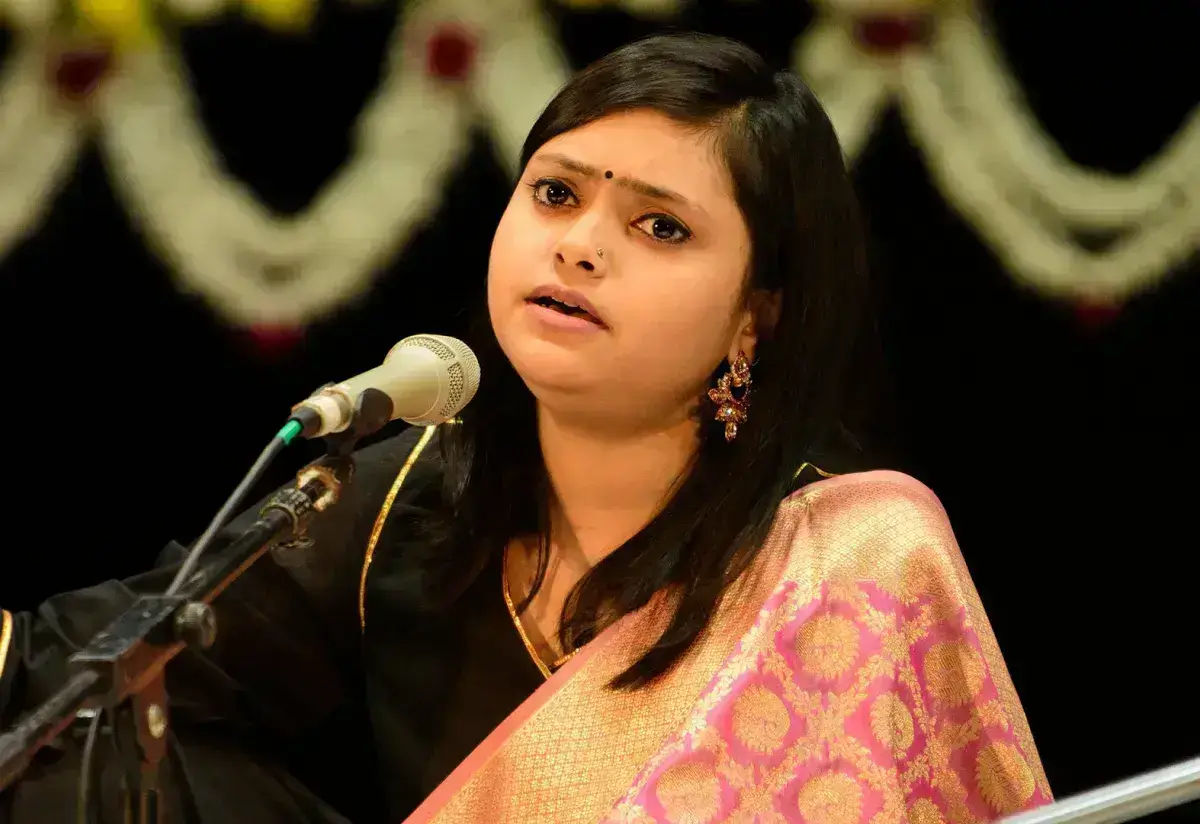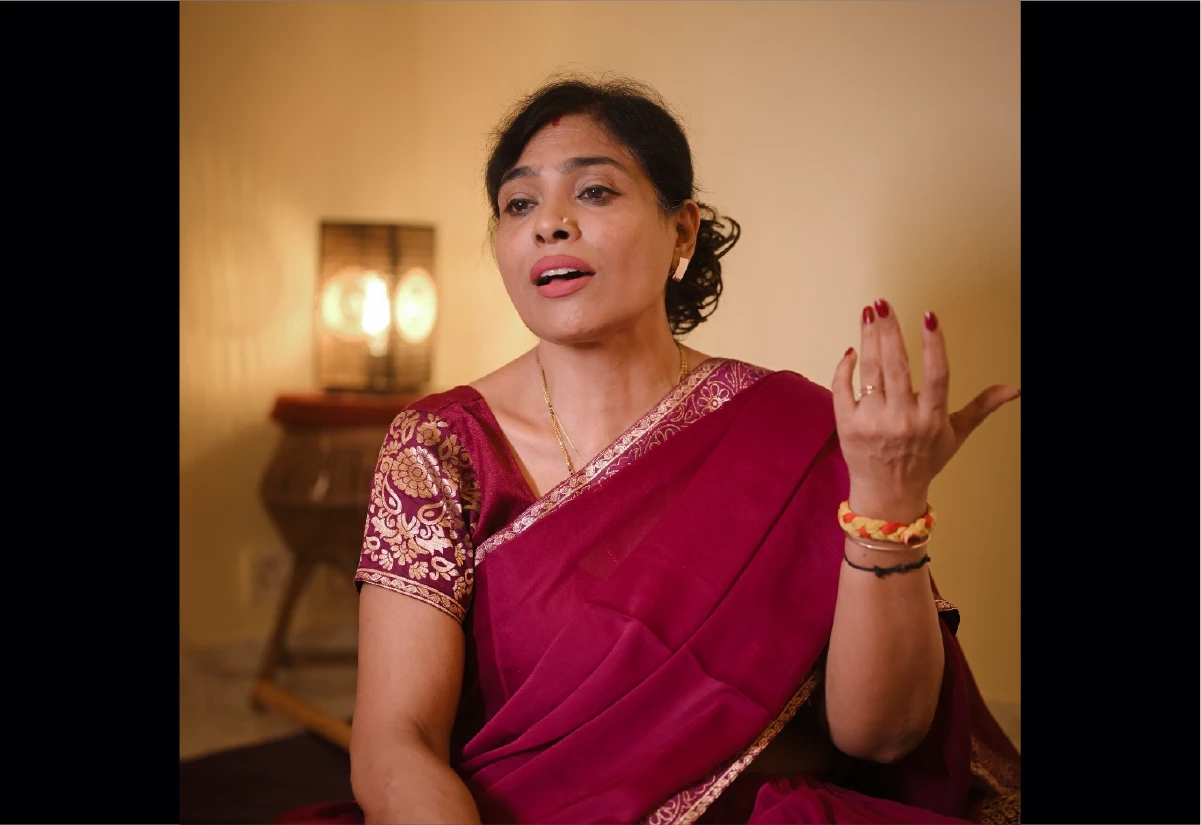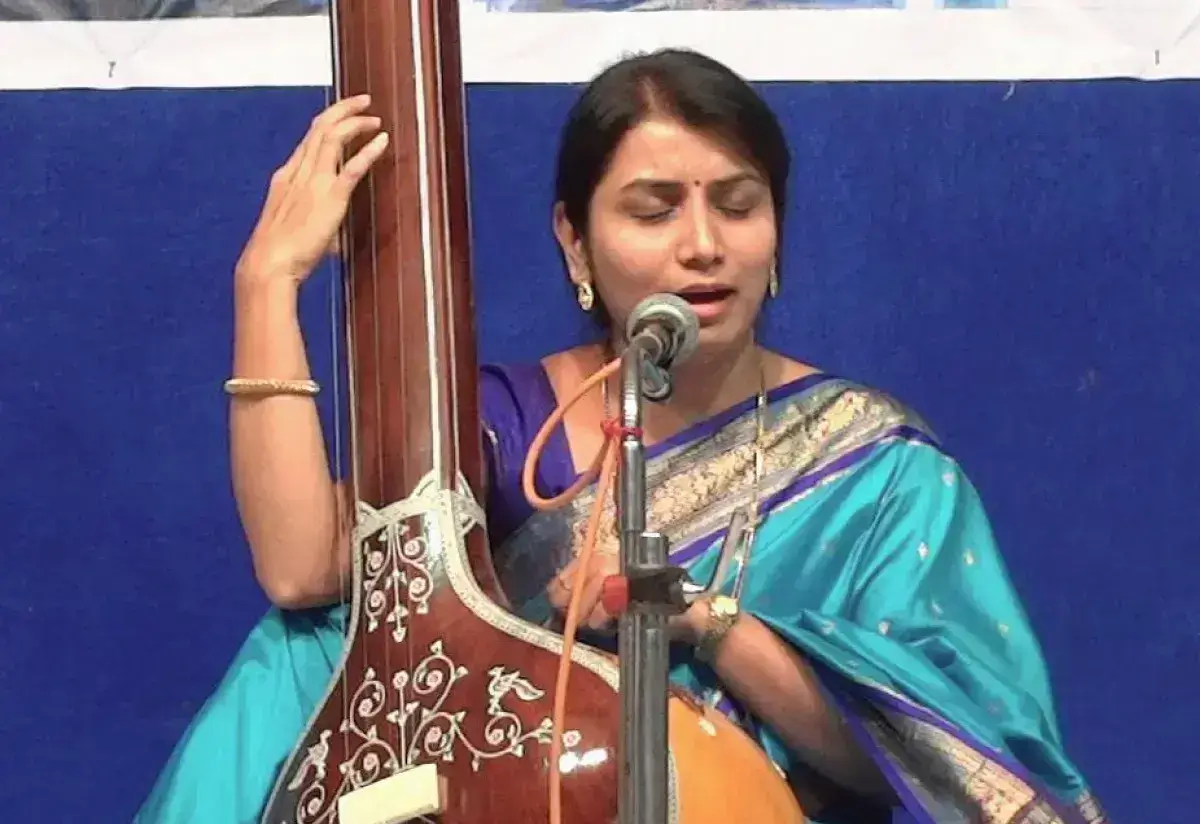Featured
Pedagogy, Practice and Creativity in Online Hindustani Vocal Classes
Learning anything without a goal is like being on a ship without the radar. And the same goes for Hindustani classical music as well. Different students have different goals. And it can be achieved with time, patience, practice, and above all - expert guidance.
Even though the depth of knowledge in classical music is fathomless and its dimensions ever-incremental, the Gurus can help the students to set milestones across the learning curve. And that is what Ashvini Modak does individually for each of her students at ipassio.
With an extensive 25 years of teaching experience, Ashvini Ji knows exactly how to formulate a unique curriculum for a particular student that will help him/ her to progress in their musical journey.
Starting on the Right Note
And it starts with the question - ‘why do you want to learn classical music?’ The reply to this question could be as vivid as the number of students you are dealing with.
‘Creating a good foundation in music so that I can sing all types of songs - especially film songs’ - is the most popular answer. It is followed by reasons like - ‘better stress and/or sleep management for professionals,’ ‘have learned in childhood’, ‘want to start it again’, ‘love for classical music’, and so on.
At ipassio, the students get to interact with the teachers in a free virtual meeting. The teacher gets an idea about the proficiency level of the student. Accordingly, he/ she explains the teaching methodology and guides the students to select the right course. Then they set a goal that they should achieve by the end of the course. Thereafter, the teacher designs the curriculum accordingly.
In a candid conversation with Utpala Ghosh, Ashvini Modak explains how she handholds her students through every step of their musical journey. This is in continuation of the interview with Ashvini Ji - titled - 'How To Learn Hindustani Classical Music' - Surmani Ashvini Modak Explains.
Structure of the Courses
Ashvini Ji says, “I have different courses like basic, advanced, and professional. I have a special course designed for children. I also offer courses to prepare the students for the exams conducted by Gandharva Mahavidyalaya.”
Explaining the structure of the courses, she continues -
“For beginners, I have foundation courses - Basic 1 and Basic 2. Basic 1 is aimed at students who want to start fresh. In this course, I introduce the 12 notes, how to listen to Tanpura, how to identify the place of the note according to Tanpura scale, and how to sing Alankaar patterns, Sargam geet, and compositions (Chhota Khayal) for different Ragas. These are easy to understand and have different sets of notes out of all the 12 notes.
Basic - 2 is for students who can recognize the notes, but they can’t sing with Tabla, they don’t know how to maintain the rhythm or taal, or how to join alap and taan with the composition. After this course, the students are able to sing in tune while maintaining the rhythm. The Basic 2 course is also very helpful for students who want to restart learning after a long gap.
The students who have learned music in their childhood and want to restart should take up the Basic 2 course to brush up on their knowledge.”
Having explained the basic courses at length, Ashvini Ji explains the curriculum for the advanced courses -
“For students who have acquired the fundamental skills, can gradually upgrade to Advance 1, Advance 2, and thereafter, Professional 1, and Professional 2. The course duration will vary depending on the learning ability of the student.
Advancing the Learning Process
For a new learner, every new lesson comes with new challenges. It makes them push their limits. After realizing the place of the notes and being able to execute the same accurately through their voice, now it’s time for them to learn how the notes are grouped together and repeated in a certain way to create a phrase.
Ashvini Ji lays a lot of emphasis on practicing the patterns. She explains, “It is important to practice the patterns first. It gives you a very good understanding of the notes. It helps the students to render the alaap and taans with aplomb.”
Learning Challenges
Just as the learning abilities and objectives are varied, so are the challenges. Ashvini Ji states, “One of the common challenges is that if the student has learned in their childhood, they already have a fixed concept in their mind. And to be able to teach them in my way, they should have an open mind toward my way of guiding them. As I earlier mentioned that I design the curriculum as per students’ requirements and the classes are conducted on a one-to-one basis, so all the concerns of the students are addressed diligently.”
“One more thing I want to mention here is that,” she continues, “I need to make the students understand the correct practices and the wrong practices. It is vital to know the difference between the two.”
Learning the Same Raga at Different Levels of the Learning Curve
For example, Yaman is taught to new learners. It helps them to understand the basic structure of that particular Raga, the fixed set of notes used to create different phrases, and so on.
However, it is not that these Ragas are only meant for the early learning stages. As the students’ proficiency levels increase, they are able to create their own phrases, and also render the same Ragas in a more refined manner.
At the early stage of learning music, simple compositions of the Raga are taught. And as the student progresses, the music materials such as - alaap, taan, bol alaap, bol taan, and sargam are made to be more detailed and intricate to enhance the beauty of the Raga.
How?
Ashvini Ji explains this in simple words -
“Actually, no Raga can be termed as a basic Raga. There is no level for Raga. But there are levels of singing ability that differentiate an advanced level student from that of a basic level.
A beginner can understand the fundamental principles of the Raga and sing accordingly. However, an advanced-level student can create the alaap on their own and render it with a lot of confidence and with an enhanced aestheticism. The same when attempted by a professional, the impact of the rendition is unmatched.
The more you learn, the better you understand the elements of the Raga. And gradually, you start creating your own phrases, alaap, and taan. This is an infinitely incremental process.”
Home Practice - Traditional vs Contemporary Outlook
There is a sea of differences between how practice sessions were planned earlier and how they are planned now.
Traditionally, early morning - around 4 - 4:30 AM was believed to be the best time for swar sadhana. No wonder, since time immemorial, parents have pulled their kids out of the bed and pushed them in front of the Tanpura.
While the purists would swear by early morning practice sessions, it may be intimidating for the present-day learners who already have their hands sufficiently full with ‘priorities.’ Also, if the above commandment were to be so staunch, then no one in their 40s could ever attempt to start learning music.
However, now, the teaching methodologies are more inclusive. Now the teachers have an answer to all possible pullback factors that could come in the way of learning.
Ashvini Ji says, “All my students are very busy. So I guide them in planning their home practice sessions in such a manner that it helps them to manage their time efficiently while honing their vocal skills at the same time.”
How to plan the self-practice sessions?
Ashvini Ji shares, “I tell them how they should manage their time for daily practice. If you think logically and plan your practice sessions with proper awareness, you are sure to progress steadily.”
She continues, “Instead of practicing any concept mindlessly - be it the ‘paltas’ or anything else, you should focus on what is the thought behind your practice. You should understand what exactly you should listen to and rectify. The end result should be in your mind. Then ‘paltas’ are not the only segment that you need to practice. There are several other practices. So you should divide your days accordingly. Pick two concepts every day but do it well. The emphasis should be on quality practice rather than quantity.”
“Nowadays, no one has time to practice for long hours. Assess and plan your time wisely. And work on your weaknesses,” she concludes.
What is the maximum age for enrolling in a vocal music class?
Can middle-aged people take up Hindustani classical music as a hobby?
“Yes. Of course. A lot of students wanted to learn in childhood but could not do it because of academic pressure or maybe inaccessibility to a good teacher close to their residence. When they have time - at a later stage in life, they can start learning music once again. And thanks to ed-tech platforms like ipassio, now, anybody can start learning from the comfort of their homes, at their convenient time and from the best of the teachers from across the world” says Ashvini Ji.
It is believed that our capacities to grasp new concepts decline as we grow older. However, ipassio has some of the best examples of elderly students who have proven the above statement wrong.
Ashvini Ji seconds this claim -
“One of my very enthusiastic students is aged above 60 years. He had learned music earlier. And as he shared with me, he was not happy with the way he sang. So he started learning under my guidance. He also shared that for the initial 2 years he could not understand in which direction I was taking him. Yet he had faith in me. And today, after 4 years of learning, he is much more confident as a singer. He is also getting appreciation from his friends and acquaintances.”
“So, awareness of what you are learning is very important,” she affirms.
Effectiveness of Online Classes
Some people have a very strong opinion that Hindustani classical music should not be taught online. You should sit in front of the Guru and learn. Otherwise, the learning is not complete. Is that true?
Ashvini Ji shares, “I, myself have learned in the traditional Gurukul pratha. I stayed at Prabha Atre Ji’s place and learned from her.”
“However,” she continues, “now, we have technological interventions in every part of our lives. So why can’t we get the same for learning music as well? For people who stay abroad, and who want to connect with us and learn, online learning is the only option. Technology helps to connect with people worldwide.”
And with that…
We come to an end to this interview. We are grateful to have Ashvini Ji as a teacher at ipassio. Hope to connect with her again very soon and learn more about the learning process of Hindustani classical music.
Connect with Ashvini Ji on ipassio and explore to find the course that best suits your learning objectives.


